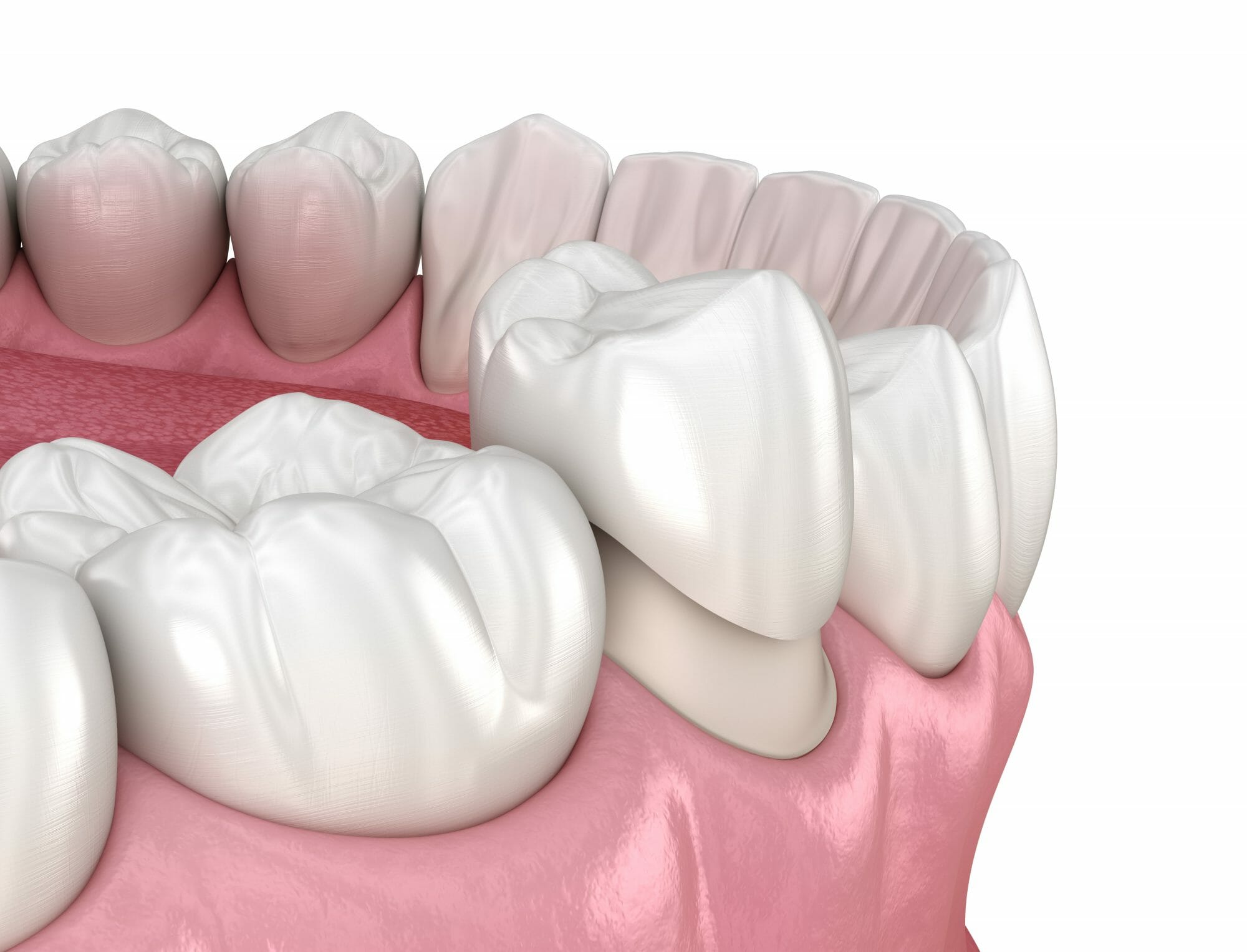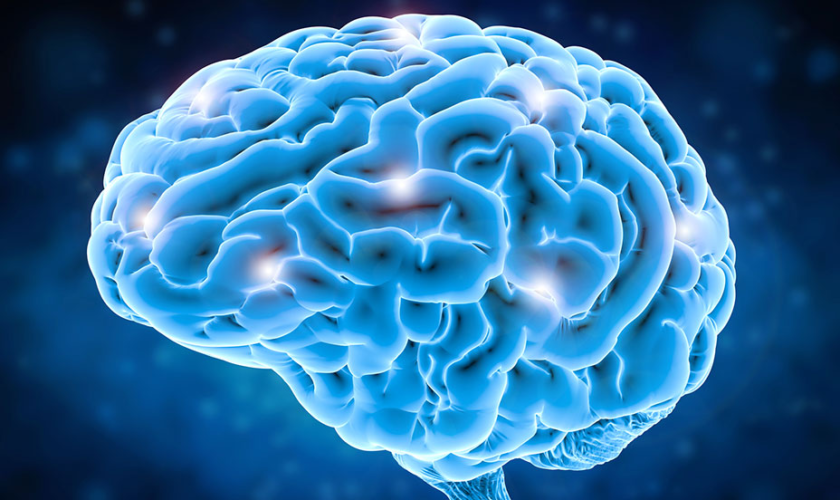Forex market will provide many opportunities for making money. But, you have to grab the opportunities to make profits. For this, you need to keep the patience. Besides this, you will get many enemies during the trading. But, in Forex, you will create your own enemy. This is because your emotions and wrong decision will give birth to several enemies. You might think about how it can be possible. However, after starting trading, you will face many complicated situations and then you will realize the main fact.
As a trader, you need to become aware of these enemies so that you can take the action against these. So, let’s know about these.
Greed
Greed is the main reason behind blowing up the account of the beginners. Because of greed, they take wrong decisions and thus lose huge money. If they see that they are making money continuously, they start to take more trade by forgetting that the situation can be changed. As a result, they lose the money what they have earned before. So, they need to reduce the greed and trade the market based on logical steps only. Stop being a greedy person if you want to become a millionaire in Forex.
Overconfident
Sometimes traders become overconfident by winning several trades. So, they think that they will not face loss anymore and trading more will help them to increase the profits. But, they realize the real truth after losing their capital. To defeat this enemy, you need to follow your plans which will help you to take the right step for gaining money. The plan will not let you trade more and thus help to reduce the cost. On the other hand, a less confident person also faces problems to do shine in Forex. So, being a newbie, try to keep the confidence level moderate so that you do not make big mistakes.
Fear
If you are confused about any topic, you need to clear about this. Without removing the confusion, you can’t reduce the fear. Most of the time, newcomers become confused in the time of implementing the plan as they are not sure about it. They think that the plan might not be worked properly. For this reason, they fail to use the plan at the right time. To solve this issue, as a participant, you need to build a good understanding of the market so that you can remove your confusion. Feel free to visit https://www.home.saxo/en-sg/products/cfds and learn more about the trading conditions. Soon you will realize there is nothing to fear. Learn more about this market so that you can take trades bravely.
Revengeful attitude
A revengeful attitude is responsible for the aggressive behavior of the trader. Sometimes, a trader can’t make profits by trying a lot and become fed up. During this time, they try to get back the losing money immediately. So, they start to trade aggressively. By doing this, they do self-harm. If you want to get back your money, you have to think with a cool brain. Taking immediate action won’t be solution to this problem. So, before starting trading, try to know about the attributes of the market so that you can understand how to deal with the market.
Have no faith
Newbies can’t keep faith in themselves as they do not think, they are capable of getting success. But, in trading, the most important thing is to believe in own self. If you can’t do this, you will be easily driven in the wrong way by others. Prepare yourself in such a manner so that you can become confident and do not hesitate to take any significant decision.
Sometimes, traders get so many wrong information and decide on the important issues based on these. This happens if they are emotionally weak and can’t think logically. So, to avoid doing this thing, you have to defeat these enemies. This will also help you to trade practically and earn properly.


